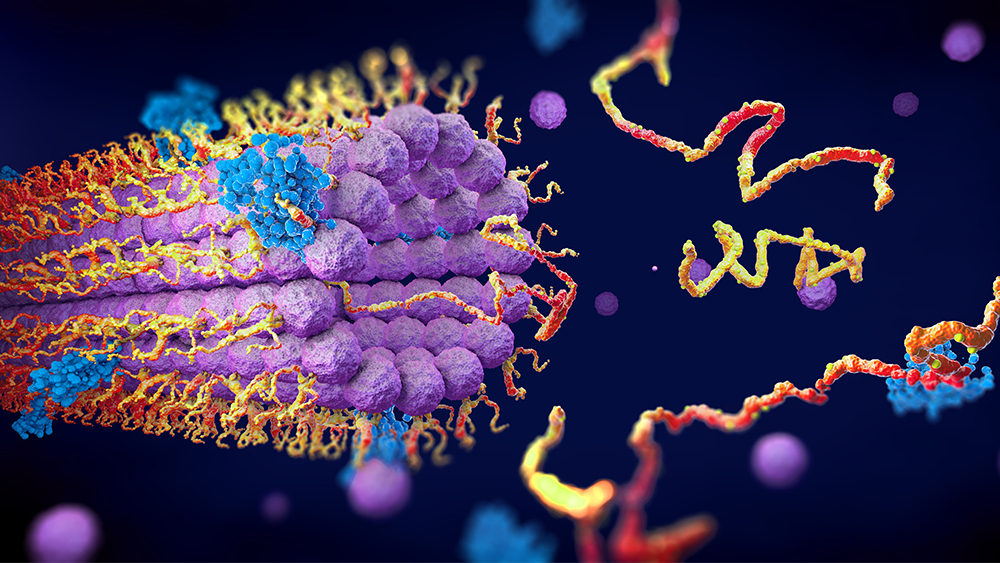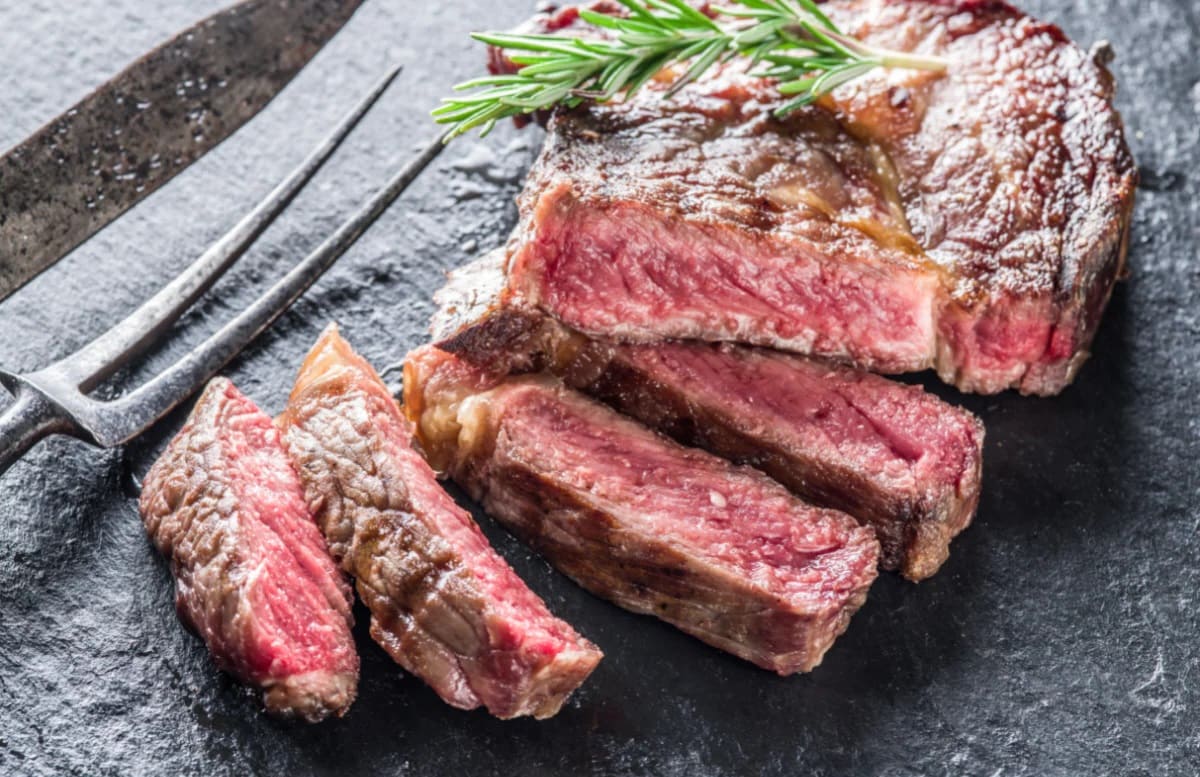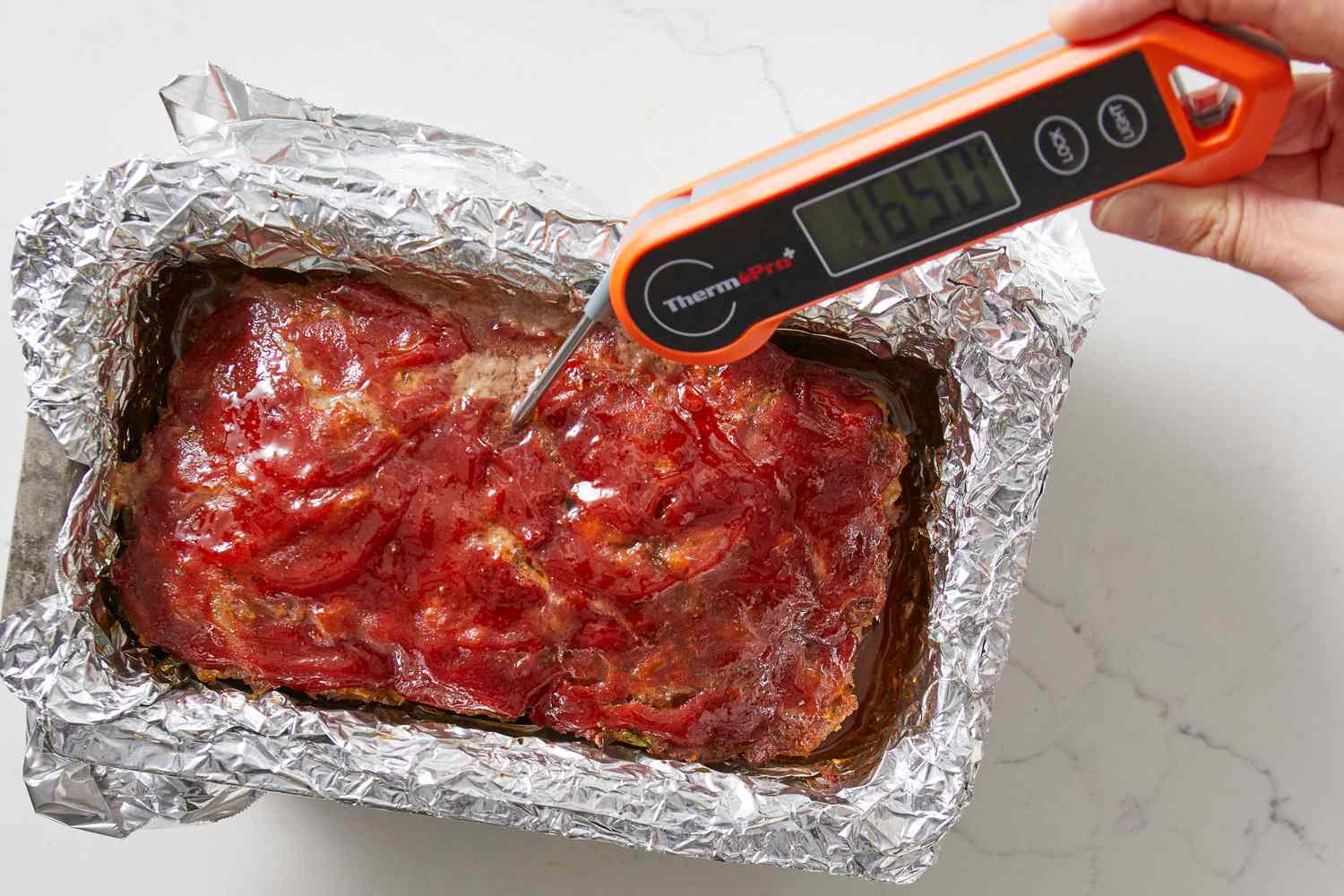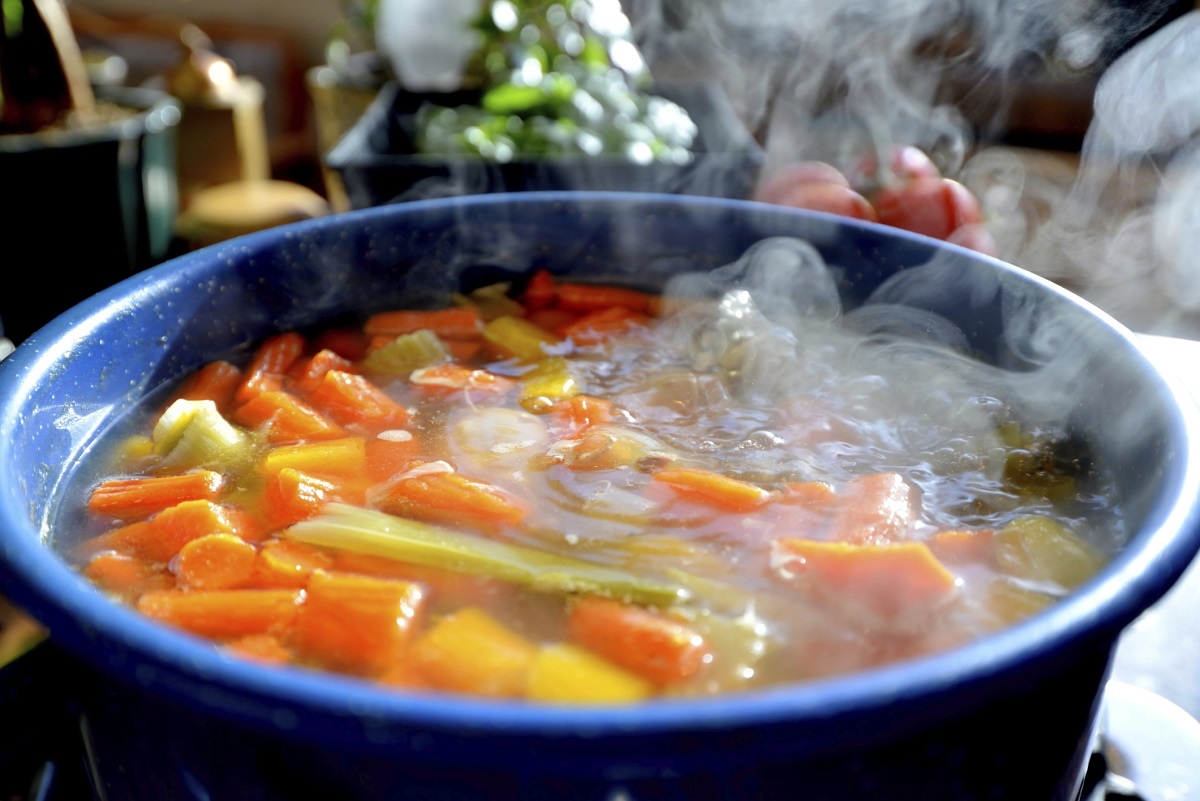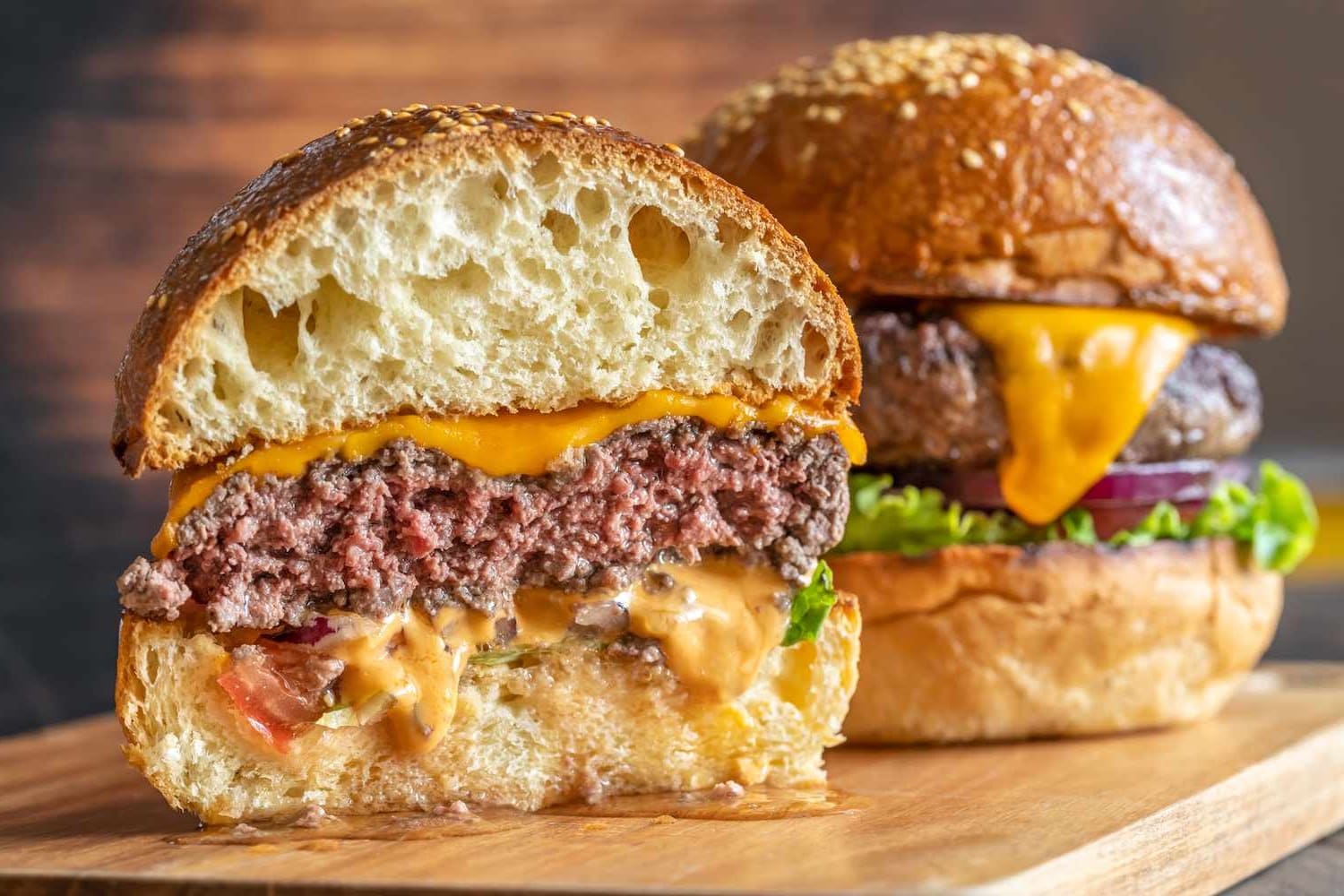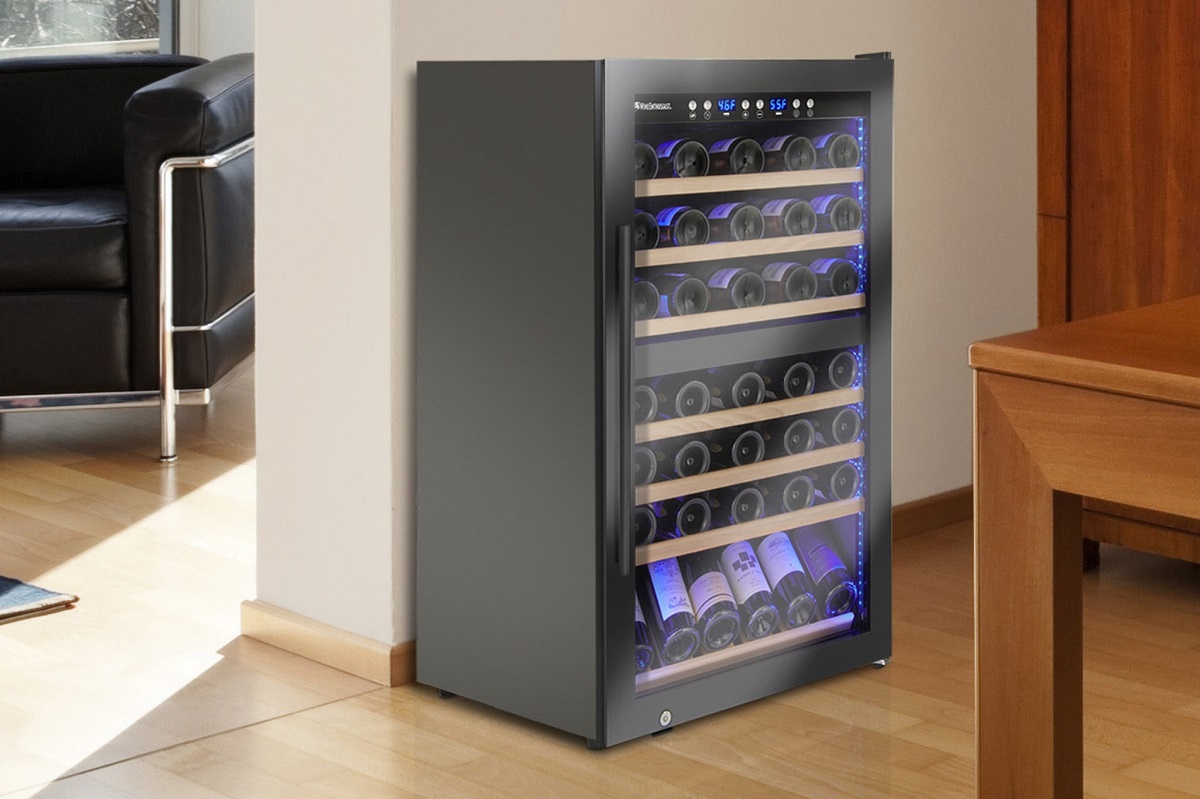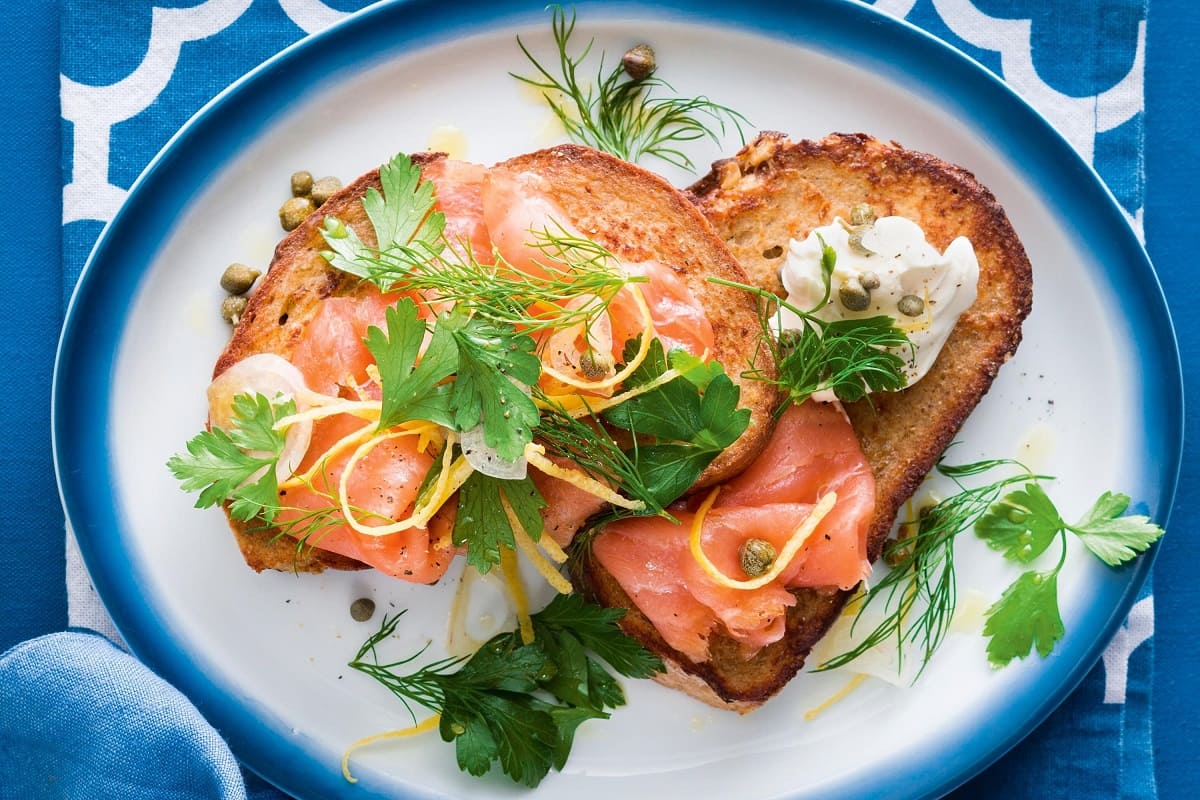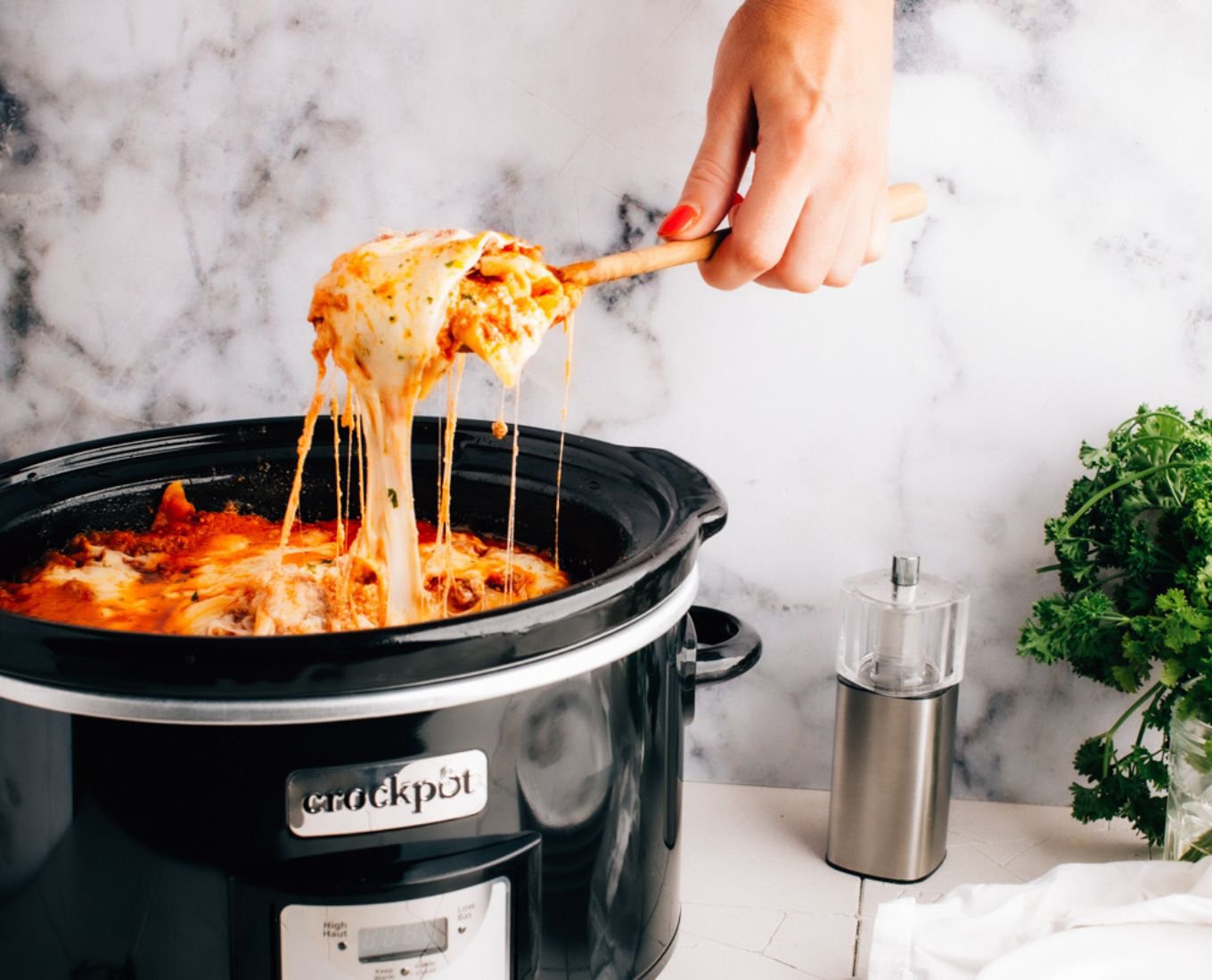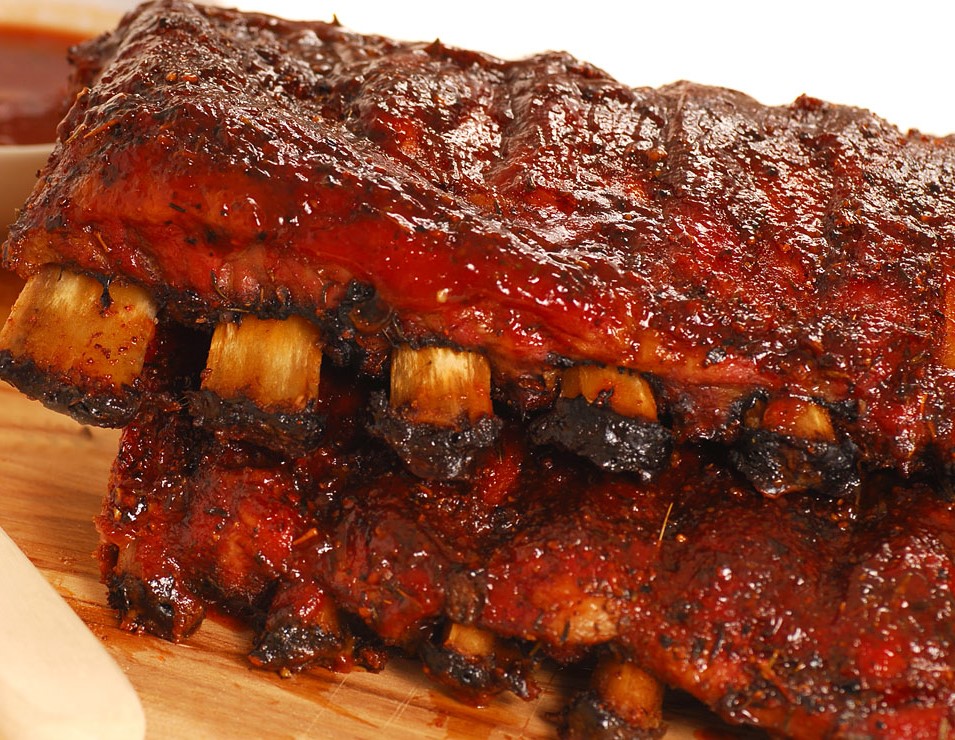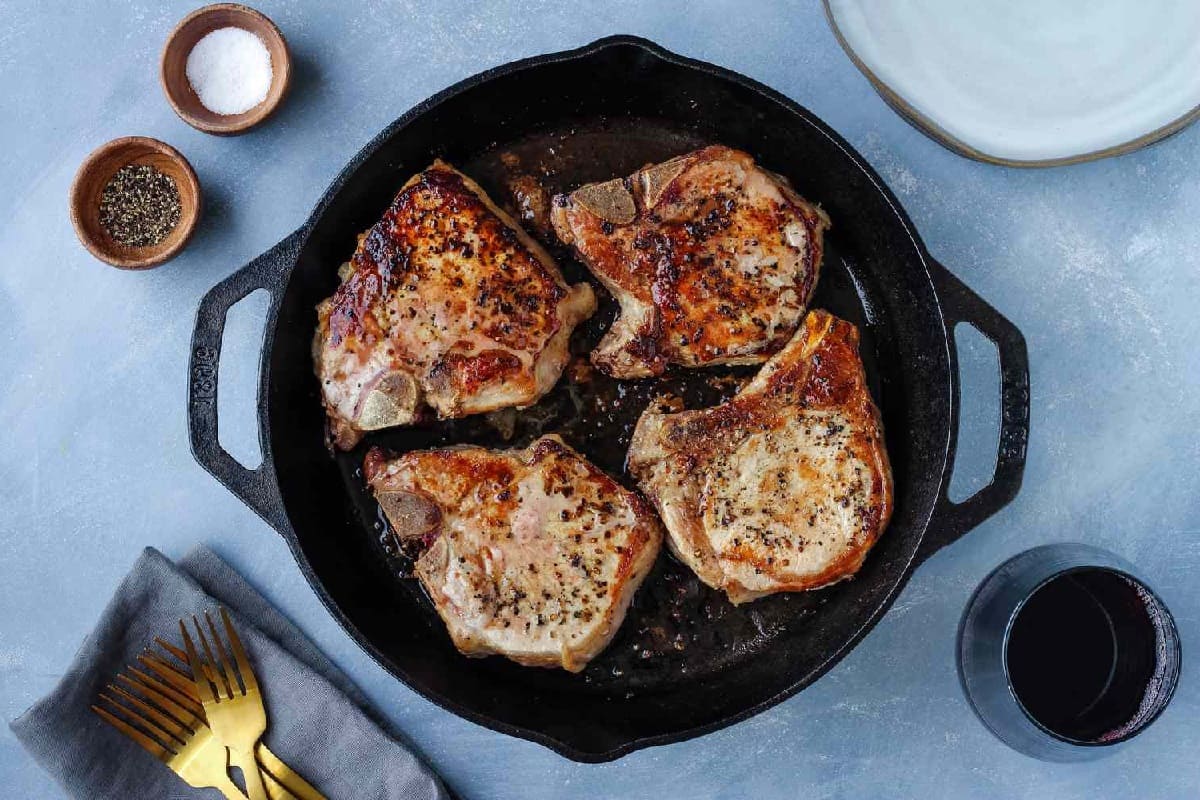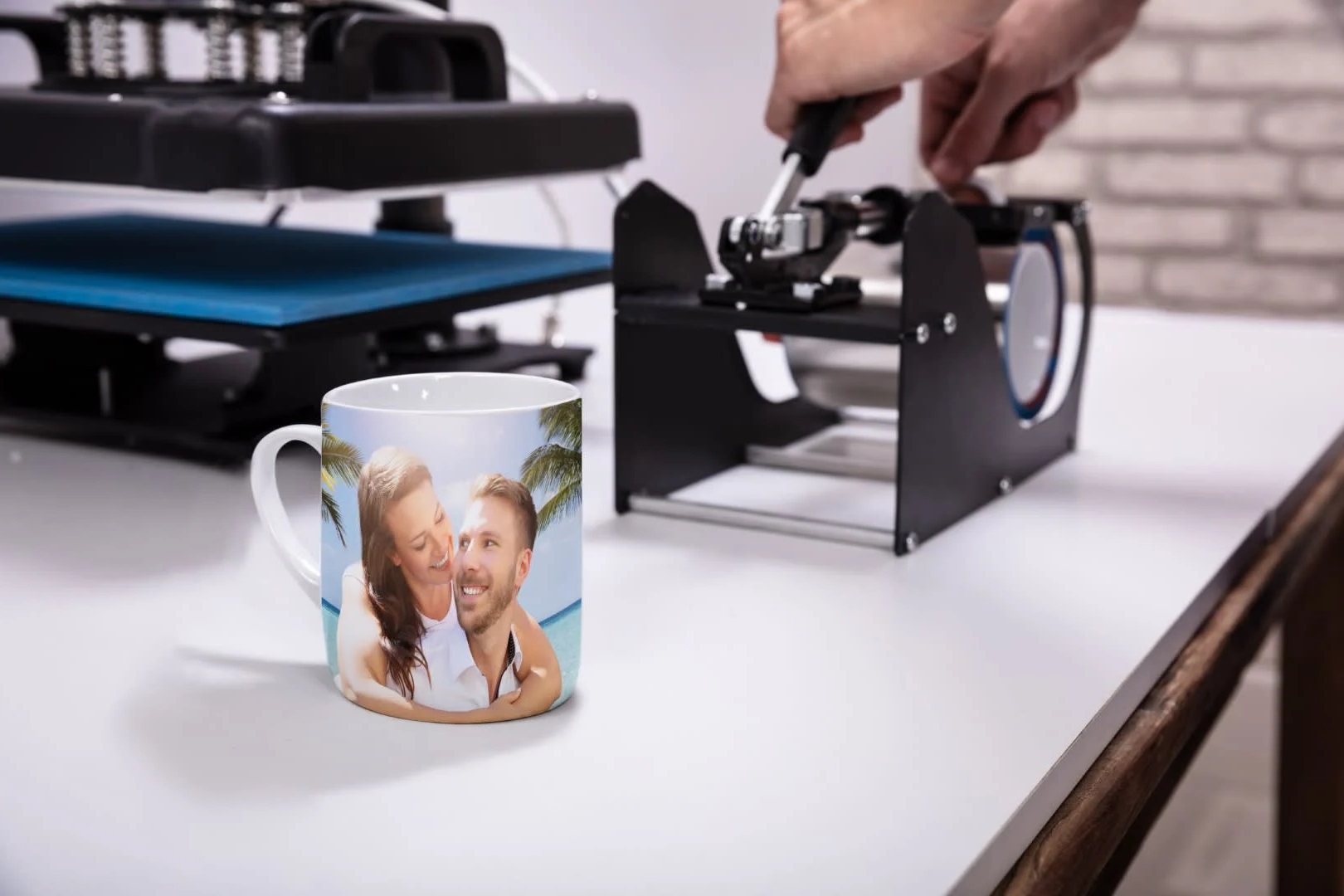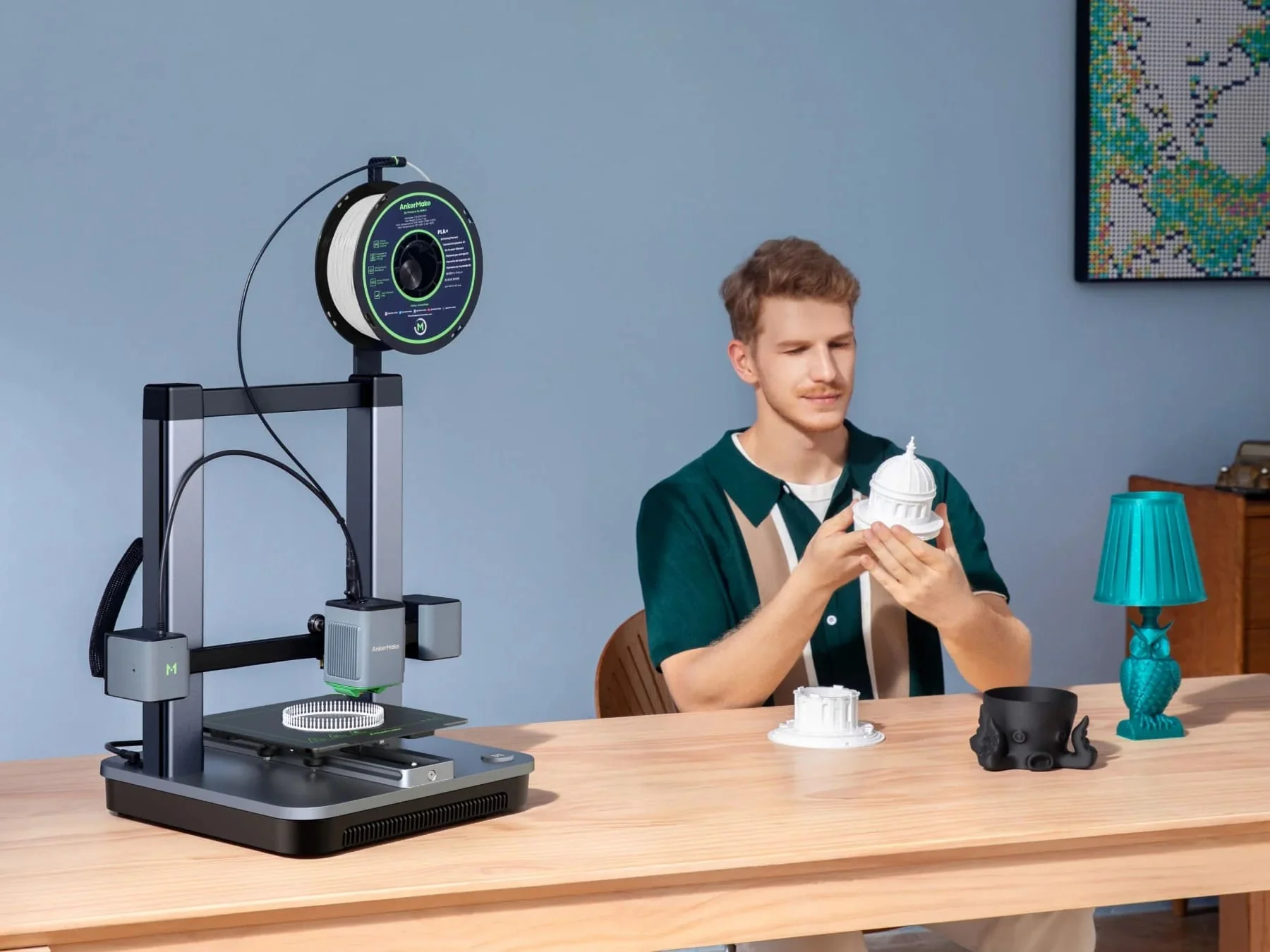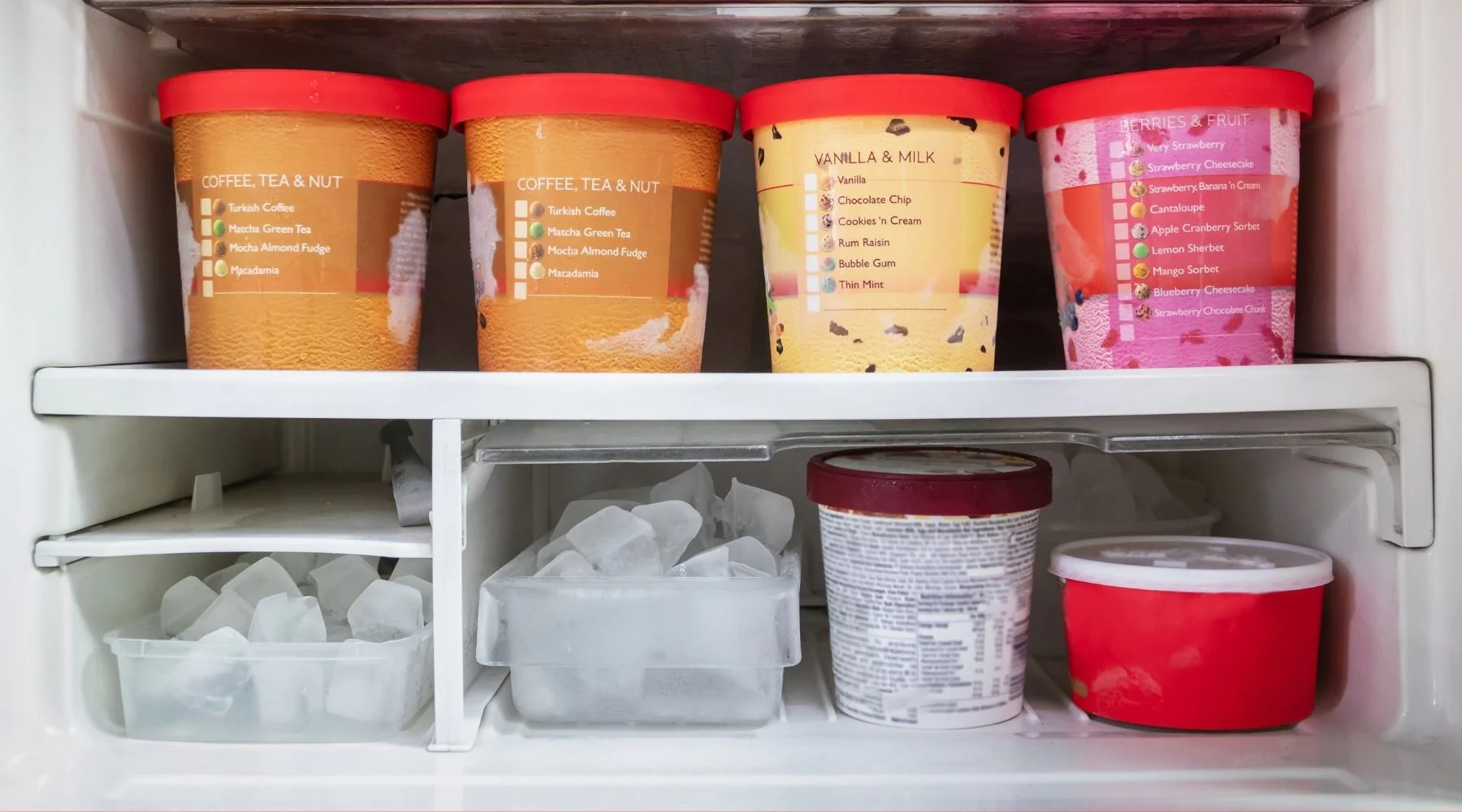Home>Culinary & Beverages>The Optimal Temperature For Slow Cooker Recipes
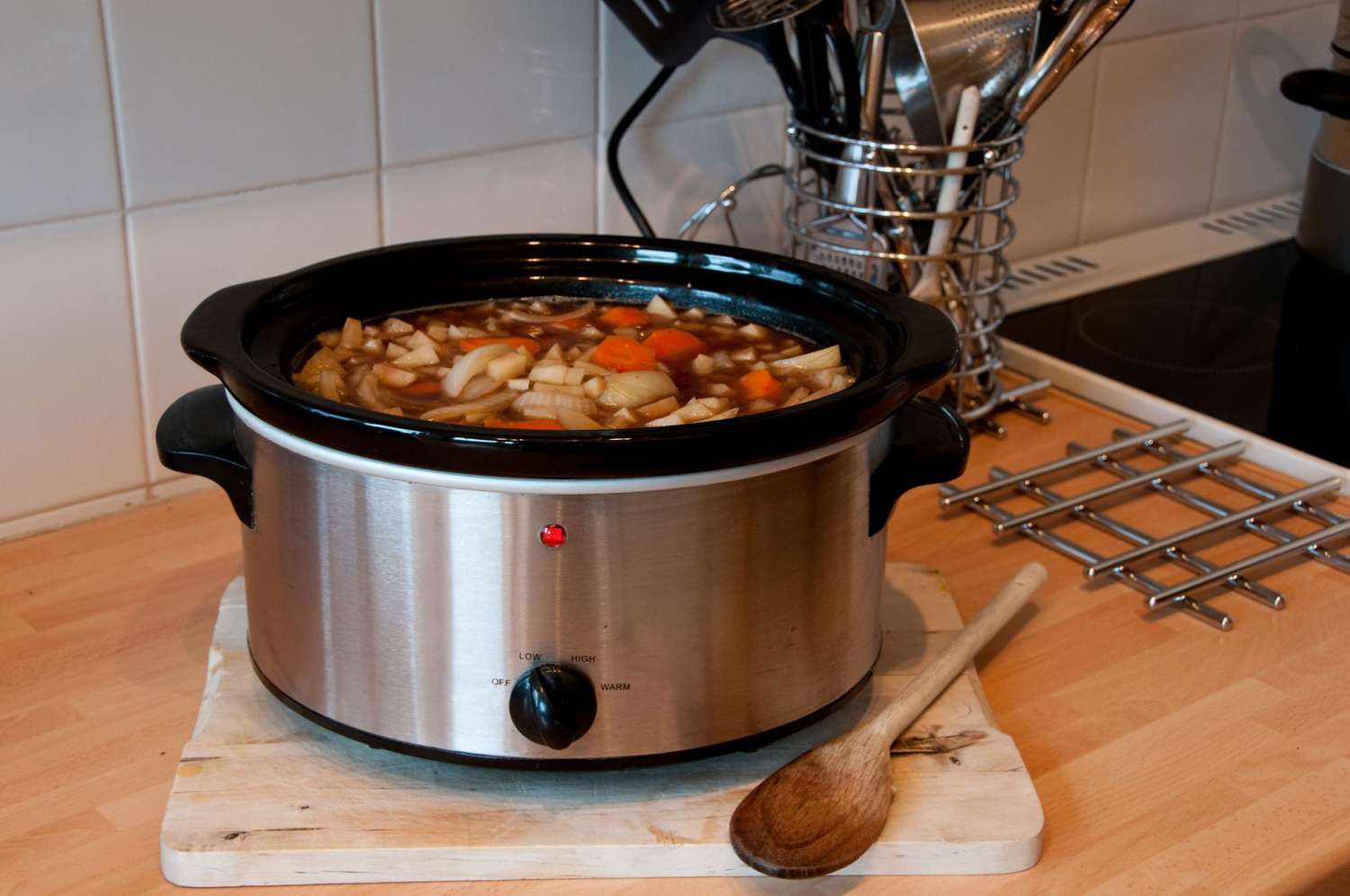

Culinary & Beverages
The Optimal Temperature For Slow Cooker Recipes
Published: February 22, 2024
Discover the perfect slow cooker temperature for delicious culinary creations. Explore optimal cooking temperatures for a variety of beverages and culinary delights.
(Many of the links in this article redirect to a specific reviewed product. Your purchase of these products through affiliate links helps to generate commission for Temperatures.com, at no extra cost. Learn more)
Table of Contents
Introduction
Slow cooking has been a culinary tradition for centuries, allowing flavors to meld and ingredients to tenderize over extended periods. The gentle, low-temperature cooking method has gained popularity in modern kitchens for its convenience and ability to produce mouthwatering dishes with minimal effort. Understanding the optimal temperature for slow cooker recipes is crucial for achieving delectable results every time.
In this comprehensive guide, we will delve into the science behind slow cooking and explore the factors that influence cooking temperature. By understanding the interplay of heat, time, and ingredients, you can elevate your slow cooker creations to new heights. Whether you're a seasoned home cook or just beginning your culinary journey, mastering the art of slow cooking temperature will empower you to create savory stews, succulent roasts, and tender braises with confidence.
Join us as we unravel the secrets of slow cooking temperature, uncovering the nuances that transform humble ingredients into extraordinary meals. Let's embark on a flavorful journey through the world of slow cooker recipes, where precision and patience converge to deliver unparalleled culinary delights.
Understanding the Science of Slow Cooking
Slow cooking is a culinary technique that harnesses the gentle, steady application of low heat to transform raw ingredients into tender, flavorful dishes. At the heart of this method lies the principle of controlled heat, which allows proteins to break down gradually, collagen to dissolve into rich gelatin, and flavors to meld harmoniously over time. Understanding the science behind slow cooking unveils the intricate processes that unfold within the confines of a simmering pot, yielding dishes that are imbued with depth and complexity.
One of the key scientific principles at play in slow cooking is the conversion of tough, connective tissues in meats into succulent, melt-in-your-mouth textures. This process, known as collagen breakdown, occurs most effectively at lower temperatures over extended periods. As the heat gently permeates the ingredients, the collagen undergoes hydrolysis, transforming into gelatin and imbuing the dish with a luscious, silky mouthfeel.
Moreover, slow cooking allows for the gradual release and melding of flavors, resulting in a symphony of tastes that permeate every morsel. The prolonged exposure to low heat enables the ingredients to impart their essence into the cooking liquid, creating a robust and harmonious flavor profile that distinguishes slow-cooked dishes.
Furthermore, the slow cooking process facilitates the retention of moisture within the ingredients, preventing them from drying out and preserving their natural succulence. This is particularly beneficial for tougher cuts of meat, as the prolonged exposure to low heat tenderizes the fibers while maintaining their juiciness.
By comprehending the scientific underpinnings of slow cooking, one can appreciate the transformative power of time and temperature in the culinary realm. The marriage of controlled heat, extended duration, and the inherent properties of ingredients culminates in dishes that are imbued with depth, tenderness, and an amalgamation of flavors that captivate the palate.
In the next section, we will explore the various factors that influence the optimal cooking temperature for slow cooker recipes, shedding light on the nuanced considerations that underpin this art form.
Factors Affecting Cooking Temperature
The optimal cooking temperature in slow cooker recipes is influenced by a myriad of factors that collectively shape the outcome of the culinary endeavor. Understanding these variables is essential for achieving the perfect balance of tenderness, flavor infusion, and overall culinary excellence.
-
Ingredient Composition: The composition of the ingredients plays a pivotal role in determining the ideal cooking temperature. Tougher cuts of meat, rich in connective tissues and collagen, benefit from prolonged exposure to low heat, which facilitates the breakdown of these fibrous structures into succulent, tender textures. Conversely, delicate ingredients such as seafood and certain vegetables require gentler cooking temperatures to preserve their delicate textures and flavors.
-
Recipe Specifics: Each recipe has its own unique requirements in terms of cooking temperature. Factors such as the type of dish, the specific ingredients used, and the desired end result all contribute to the determination of the optimal cooking temperature. For instance, a hearty beef stew may necessitate a lower, more prolonged cooking temperature to achieve the desired tenderness, while a vegetable-based curry might thrive at a slightly higher, yet still gentle, heat.
-
Cooking Time: The duration of the cooking process is intimately linked to the ideal cooking temperature. Longer cooking times often necessitate lower temperatures to ensure that the ingredients tenderize gradually without becoming overcooked or losing their inherent flavors. Conversely, shorter cooking times may require slightly higher temperatures to expedite the cooking process while still yielding delectable results.
-
Vessel Size and Material: The size and material of the slow cooker or cooking vessel can impact the distribution and retention of heat. Larger vessels may require slightly higher temperatures to ensure even cooking throughout the contents, while ceramic or cast-iron vessels excel at retaining and dispersing heat evenly, allowing for consistent, gentle cooking at lower temperatures.
-
Environmental Conditions: External factors, such as ambient room temperature and humidity, can influence the cooking temperature within the slow cooker. In colder environments, the cooking process may benefit from a slightly higher temperature to compensate for heat loss, while in warmer settings, a lower temperature may suffice to achieve the desired results without overheating the ingredients.
By considering these multifaceted factors, one can navigate the intricate landscape of slow cooking temperature with confidence, ensuring that each dish is imbued with the perfect balance of tenderness, flavor, and culinary finesse.
Finding the Perfect Temperature for Different Ingredients
The art of slow cooking extends beyond a one-size-fits-all approach, as different ingredients demand varying temperatures to achieve optimal results. Understanding the ideal cooking temperature for specific ingredients is paramount in unlocking their full potential and ensuring that each component contributes harmoniously to the overall dish. Let's embark on a culinary exploration of the perfect temperatures for a diverse array of ingredients, unraveling the nuances that elevate each element to delectable heights.
Meat and Poultry
Tough, sinewy cuts of meat, such as beef chuck or pork shoulder, benefit from the gentle embrace of low heat over an extended period. A temperature range of 190-205°F (88-96°C) allows the connective tissues to gradually break down, yielding succulent, fork-tender results. Conversely, leaner cuts of meat, such as chicken breast or turkey tenderloin, thrive at slightly lower temperatures, around 165-175°F (74-79°C), to preserve their juiciness and prevent dryness.
Read more: Optimal Temperature For Baking Bread
Seafood
Delicate seafood, including fish fillets and shellfish, necessitates a more delicate touch when it comes to slow cooking temperatures. A range of 140-150°F (60-65°C) ensures that the seafood remains tender and moist, allowing its natural flavors to shine without being overpowered by excessive heat.
Vegetables
The optimal cooking temperature for vegetables varies depending on their texture and water content. Root vegetables, such as carrots and potatoes, benefit from a gentle simmer at around 185-195°F (85-91°C), allowing them to soften while retaining their shape and flavor. More delicate vegetables, like zucchini and bell peppers, thrive at lower temperatures, approximately 170-180°F (77-82°C), to prevent them from becoming mushy and to preserve their vibrant colors.
Legumes and Pulses
Beans, lentils, and other legumes require a moderate yet consistent cooking temperature to achieve a creamy, tender consistency. A range of 195-205°F (91-96°C) facilitates the gradual breakdown of their fibers, resulting in velvety textures and fully developed flavors.
Grains and Pasta
When incorporating grains or pasta into slow cooker recipes, a temperature range of 200-210°F (93-99°C) ensures that they cook evenly and reach the desired al dente texture without becoming overly soft or mushy.
By tailoring the cooking temperature to suit the specific characteristics of each ingredient, one can orchestrate a symphony of flavors and textures within the confines of a slow cooker. This nuanced approach honors the intrinsic qualities of each component, resulting in a harmonious culinary ensemble that delights the senses and elevates the dining experience.
Tips for Adjusting Temperature in Slow Cooker Recipes
Adjusting the temperature in slow cooker recipes can significantly impact the outcome of your culinary creations. Whether you're seeking to tenderize tough cuts of meat, preserve the delicate textures of seafood, or coax vibrant flavors from an array of vegetables, mastering the art of temperature adjustment is pivotal. Here are some invaluable tips to empower you in harnessing the full potential of your slow cooker:
-
Understanding Your Slow Cooker: Familiarize yourself with the nuances of your specific slow cooker model. Different brands and sizes may vary in their heat distribution and cooking efficiency. Conducting a few trial runs with simple recipes can provide insights into the optimal temperature settings for your particular appliance.
-
Layering Ingredients Strategically: Arrange your ingredients thoughtfully within the slow cooker to ensure even heat distribution. Placing denser, tougher components at the bottom, closer to the heat source, can expedite their tenderization process, while more delicate elements can be positioned towards the top to prevent overcooking.
-
Monitoring Cooking Times: Keep a watchful eye on the cooking times specified in your recipes. Adjusting the temperature may necessitate slight modifications to the duration of the cooking process. Longer cooking times at lower temperatures can yield exceptionally tender results, while shorter durations at slightly higher temperatures may suffice for certain dishes.
-
Utilizing Temperature Probes: Invest in a reliable temperature probe to gauge the internal temperature of meats and poultry. This invaluable tool allows you to monitor the doneness of your ingredients accurately, ensuring that they reach the ideal temperature for succulent, safe consumption.
-
Experimenting with High and Low Settings: Many slow cookers offer both high and low temperature settings, each catering to different culinary requirements. High settings are ideal for expediting the cooking process or achieving a more robust flavor infusion, while low settings are perfect for gentle, prolonged cooking that yields tender, melt-in-your-mouth textures.
-
Adapting to Recipe Variations: Different recipes may call for subtle adjustments in temperature to accommodate the unique characteristics of the ingredients. For instance, a heartier, denser stew may benefit from a lower, more prolonged cooking temperature, while a lighter, vegetable-centric dish may thrive at a slightly higher, yet still gentle, heat.
-
Considering External Factors: Environmental conditions, such as ambient room temperature and humidity, can influence the cooking temperature within the slow cooker. In colder environments, the cooking process may benefit from a slightly higher temperature to compensate for heat loss, while in warmer settings, a lower temperature may suffice to achieve the desired results without overheating the ingredients.
By incorporating these tips into your slow cooker repertoire, you can navigate the realm of temperature adjustment with confidence, ensuring that each dish is a testament to your culinary finesse and mastery of the art of slow cooking.
Conclusion: Achieving the Best Results with the Right Temperature
Mastering the art of slow cooking temperature is akin to conducting a symphony, where each ingredient plays a vital role in the harmonious composition of flavors and textures. By understanding the intricate interplay of heat, time, and ingredient characteristics, one can orchestrate culinary masterpieces that captivate the senses and elevate the dining experience. The journey through the world of slow cooker recipes unveils the transformative power of the right temperature, where tenderness, succulence, and nuanced flavors converge to create extraordinary dishes.
In the realm of slow cooking, the right temperature is not a fixed value but rather a dynamic parameter that adapts to the unique requirements of each ingredient and recipe. It is the gentle, steady application of low heat that coaxes tough cuts of meat to yield fork-tender textures, infuses delicate seafood with moist succulence, and preserves the vibrant colors and flavors of an array of vegetables. The right temperature is the catalyst that unlocks the full potential of each component, allowing them to meld seamlessly into a tapestry of culinary excellence.
As we navigate the nuances of slow cooking temperature, we unravel the scientific principles that underpin this art form, appreciating the transformative effects of controlled heat on ingredients. The gradual breakdown of collagen in meats, the melding of flavors over extended durations, and the retention of natural moisture within the cooking vessel all bear testament to the profound impact of the right temperature on the culinary alchemy that unfolds within the slow cooker.
By considering the multifaceted factors that influence cooking temperature, from ingredient composition to vessel size and environmental conditions, one gains a deeper appreciation for the precision and artistry involved in slow cooking. Tailoring the temperature to suit the specific characteristics of each ingredient allows for the preservation of their intrinsic qualities, resulting in dishes that are not merely cooked but elevated to a realm of unparalleled tenderness, depth, and flavor complexity.
In the realm of slow cooking, the right temperature is the linchpin that transforms humble ingredients into extraordinary culinary creations. It is the guiding force that ensures each dish is imbued with the perfect balance of tenderness, succulence, and flavor infusion. As you embark on your slow cooking odyssey, may the mastery of temperature be your compass, guiding you towards a realm of culinary excellence where every dish is a testament to your skill, precision, and reverence for the art of slow cooking.
